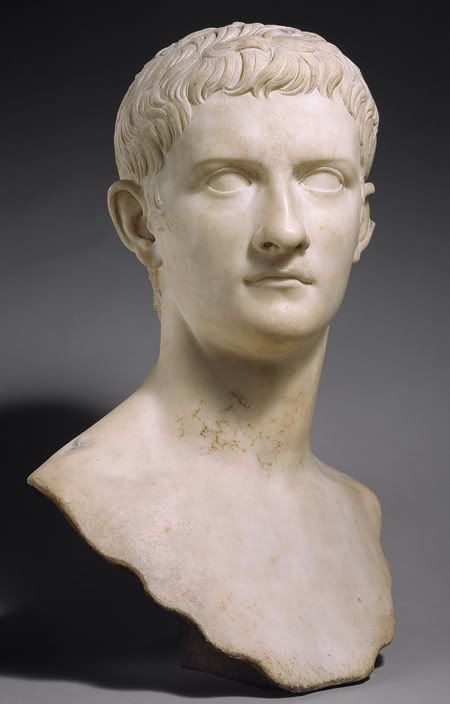persecution of the church-a church that was basically made up of Jews. During his reign, he sent Petronius to invade Judea and erect a statue of Caesar in the Temple. If the Jews were not prepared, Petronio was to conquer through war and then erect the statue (Ant. 18. 2 seq.).
The Jews said they would rather die than give Cesar a chance to put a statue of himself in his temple. His answer is noble and clearly demonstrates that they were still clinging to the Temple and its traditions despite the coming of Christ and the repeal of the Act One wonders how Christians in Jerusalem, many of which appear to have been linked to the Temple for some time (cf. Acts 3 - Peter and John going to the temple to pray) would have responded to this by the fact of having many unsaved family members. Have given their lives for the Temple? Were seen as traitors if they had decided not to help because their new theological convictions? In any case, this incident illuminates our understanding of the conditions and problems faced by Jews and the church in these early days.
As a theological note, maybe God wanted to use the situation to further separate the church
Godless Judaism. The destruction of the Temple by Titus about 30 years later, seems to indicate that God had abandoned the nation for a while and had started working through the church (cf. Romans 9-11, written about AD 57/58 .)
by
Greg Herrick, Th.M.
Translated by: Juan Fernando Saa

TEXTO EN ESPAÑOL:
Cayo (Caius/Calígula): Cayo reinó como emperador del 37-41 D.C. durante los años de
persecución de la iglesia—una iglesia que estaba básicamente conformada por Judíos. Durante su reino, envió a Petronio a invadir Judea y erigir una estatua a César en el Templo. Si los Judíos no estaban dispuestos, Petronio debía conquistarlos por medio de la guerra y erigir entonces la estatua (Ant. 18. 2 ss.).
Los Judíos dijeron que preferían morir antes de dar a César oportunidad de poner una estatua de sí mismo en su Templo. Su respuesta es noble y claramente demuestra que estaban aún aferrados al Templo y a sus tradiciones a pesar de la venida de Cristo y la abrogación de la Ley. Uno se pregunta cómo los Cristianos en Jerusalén, muchos de los cuales parecen haber permanecido vinculados al Templo por algún tiempo (cf. Hechos 3 - Pedro y Juan yendo al Templo a orar), habrían respondido a ésto ante el hecho de tener muchos familiares no salvos. Habrían dado sus vidas por el Templo? Hubieran sido vistos como traidores si hubieran decidido no ayudar debido a sus nuevas convicciones teológicas? En cualquier caso, este incidente ilumina nuestra comprensión de las condiciones y problemas que enfrentaban los Judíos y la iglesia en estos primeros días.
Como nota teológica, quizás Dios quería usar la situación para separar más aún la iglesia del
Judaísmo impío. La destrucción del Templo por parte de Tito unos 30 años después, parece indicar que Dios había abandonado a la nación por un tiempo y había comenzado a trabajar a través de la iglesia (cf. Romanos 9-11, escrito alrededor del 57/58 D.C.).
por
Greg Herrick, Th.M.
Traducido por: Juan Fernando Saa
Nenhum comentário:
Postar um comentário